6 things we found out about the Porsche Taycan today
The 2020 Porsche Taycan will be the automaker's first all-electric car, and it's more than just a Tesla rival. Stage one of what will eventually be more than $7bn in investment into electrification and e-mobility by Porsche, the Taycan – like the Mission E concept it's based on – isn't just quick on the road, but will usher in a new age of fast charging and more. Read on for six things we found out about the 2020 Taycan today.
The 2020 Taycan is going to be fast
Porsche has been playing final performance figures close to its chest while showing off the Mission E, but with the official debut of the Taycan it's being a little more forthright as to what we can expect. The electric sedan will have more than 600 horsepower from its two "permanently excited" synchronous electric motors. We suspect that'll be enough to "permanently excite" most drivers, too.
The result will be 0-62 mph in "well under 3.5 seconds," Porsche promises, while 0-124 mph will be done in under 12 seconds. Arguably more important, the automaker points out, is that the Taycan will be able to do that over and over again. "Multiple jump starts are possible in succession without loss of performance," Porsche says.
That, if you haven't been paying attention to EVs, is some direct snark at Tesla. Elon Musk is well known for talking up the speed of cars like the Model S, but Porsche has voiced some skepticism about just how long the potent Tesla can keep that up on the track. Overheating regenerative braking systems are a big area of concern for any performance EV, and if Porsche has nailed that it could give the Taycan a serious edge.
Range shouldn't be a problem
Power is only one part of the EV equation: range is the other. Porsche is saying the 2020 Taycan should do more than 310 miles on a single charge, albeit according to NEDC (New European Driving Cycle) tests. They're generally accepted as being more optimistic than the US's EPA tests, and we wouldn't be surprised to see the Taycan fall somewhere in the high-200s when those results are available.
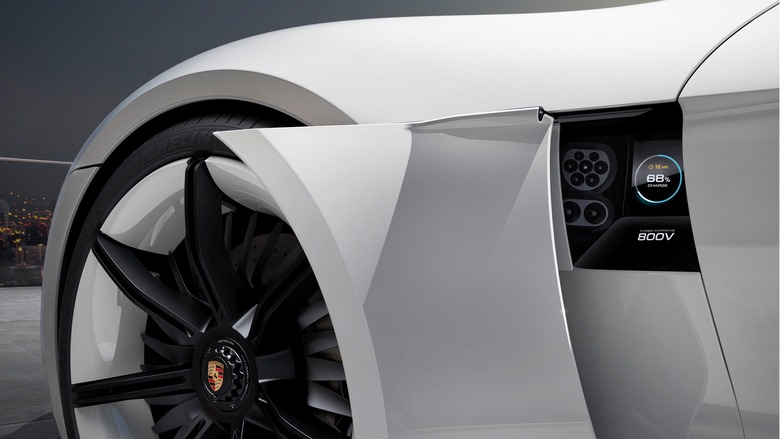
Even with that, adding range back in should be more rapid than with most electric vehicles. Thanks to 800 volt, 320 kW chargers, Porsche suggests you'll be able to add about 60 miles of driving to the Taycan in just four minutes. Porsche US plans to install 500 such chargers across the US by the end of 2019.
It'll have regular mirrors and a glowing rump
Porsche is yet to show the final production design of the 2020 Taycan, which means all we've had to go on so far is the Mission E concept. The automaker has said several times that it plans to stick as closely as possible to that concept car for the road-going version. Still, some of the more striking features aren't going to translate from auto show stage to Porsche dealership.
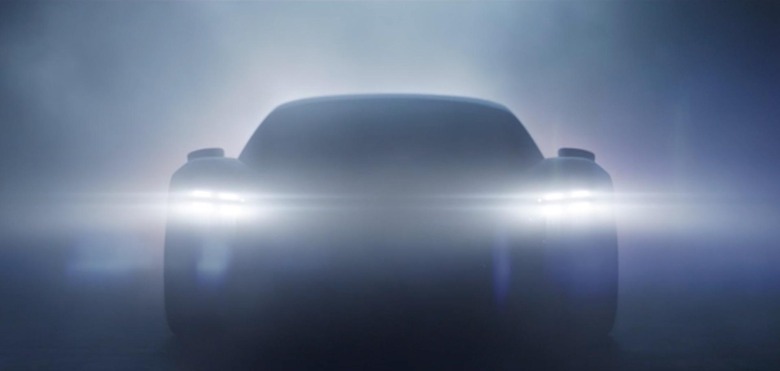
Porsche's teaser reel today confirms one big loss: the fancy rear view cameras. They'll be swapped out for regular side mirrors on the Taycan. It's no huge surprise, given in the US at least cars are still legally required to have two side mirrors using reflective glass. Still, as we've seen from Porsche stablemate Audi and its upcoming e-tron, outside of the US the rules aren't so backward and camera side mirrors will be offered as an option on the electric SUV. Porsche may well decide to follow suit in countries where that's permitted.
The other likely change is that the door hinges on the Taycan are going to change dramatically from those of the Mission E. The concept car had rear-hinged back doors, effectively opening up the whole passenger cabin. Expect more traditional hinges on the production version.
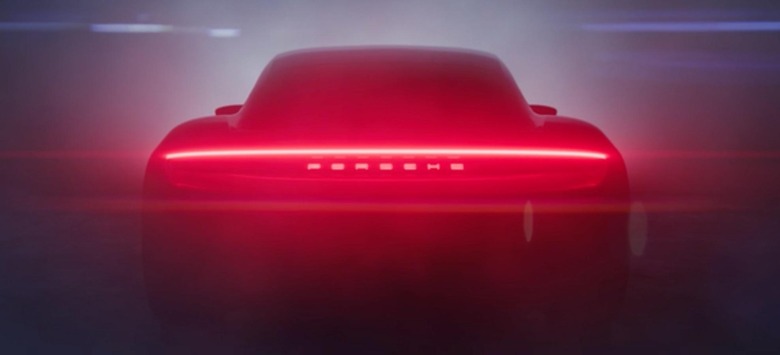
Finally, Porsche's fancy new butt design language is a lock-in. The Taycan has a light strip that runs the width of the rear, following in the tread marks of the latest Panamera and other models. It should give it a distinctive look when you're following the EV sedan at night.
The Taycan name beds the EV down in Porsche's range
Mission E was a good name, but Porsche's all-electric car has shed its concept title and embraced something more in-keeping with the rest of the automaker's line-up. Taycan, so the company says, "means the equivalent of 'spirited young horse'," a reference to the leaping horse that has been a part of the Porsche badge since 1952. "The name has its linguistic roots in the East," it claims.
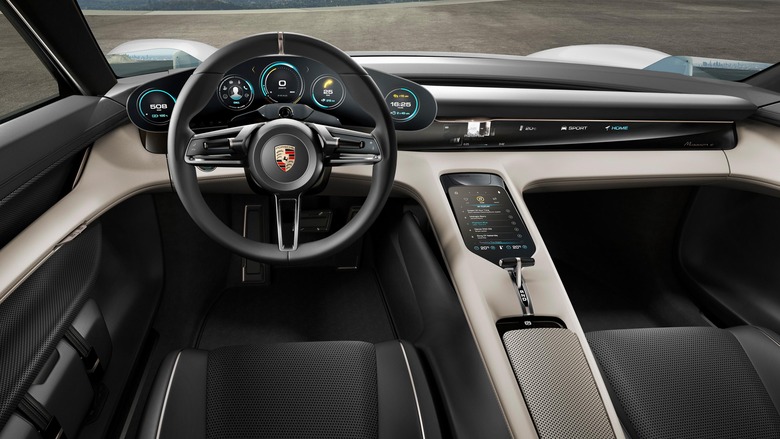
"At Porsche, the vehicle names generally have a concrete connection with the corresponding model and its characteristics," the automaker points out. In the case of the Taycan, then, we're supposed to think about how horse travel made a new age of exploration possible. "Our new electric sports car is strong and dependable," Oliver Blume, chairman of the executive board of Porsche AG, explained today, "it's a vehicle that can consistently cover long distances and that epitomizes freedom."
Expect the Taycan in Porsche US dealerships next year
Interest in the Taycan has already been huge, Porsche says, though sales aren't expected to kick off in the US for some time yet. Series production of the car won't actually begin until early 2019. Exactly when that'll translate to cars arriving on American roads hasn't been shared, though we'd expect a late 2019 debut for that.
As for how much you'll have to spend to have one on your drive, that's another fact which Porsche is playing close to its corporate chest. Still, previous suggestions have indicated a starting price in the region of $80-90k.
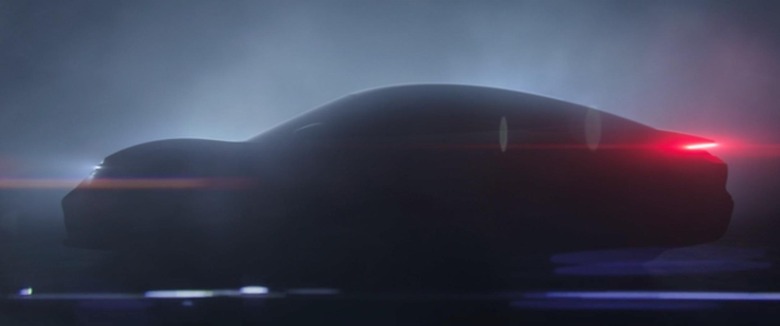
The Taycan is just the start for Porsche's e-ambitions
Porsche's original goal had been to spend three billion euro ($3.53bn) on electromobility by 2022. Today, it has announced that it's doubling that investment. Around 500 million euro is going to go on Taycan variants and derivatives, it says, while around a billion euro will got on electrification and hybridization of the existing Porsche line-up.
Charging infrastructure and other "smart mobility" expenses will soak up around 700 million euro, Porsche expects. There'll also be an outlay on ramping up production. A new paint shop, dedicated Taycan assembly area, and a conveyor bridge that will move painted bodies and drive units to the final assembly area are already under construction. Porsche plans to use its existing engine plant to make the twin-motor drive units, which is being expanded accordingly.
